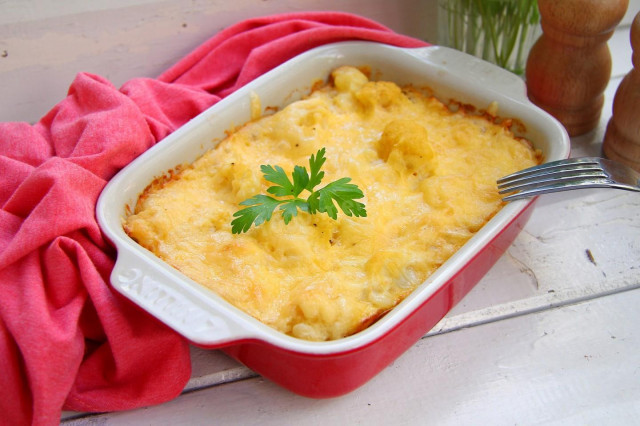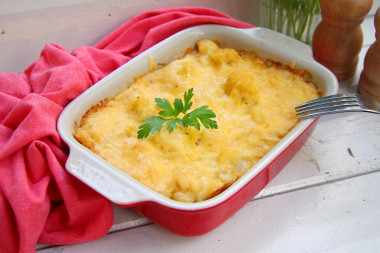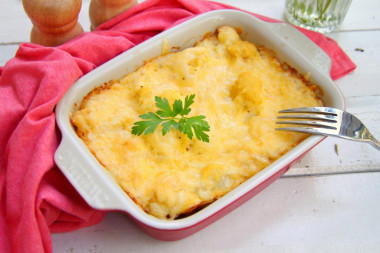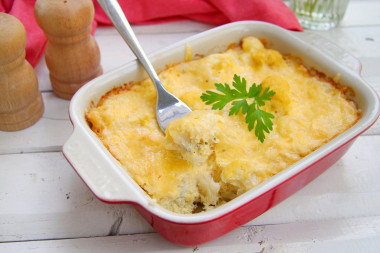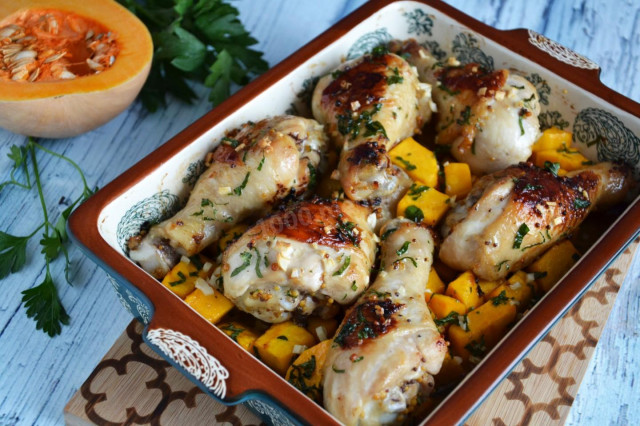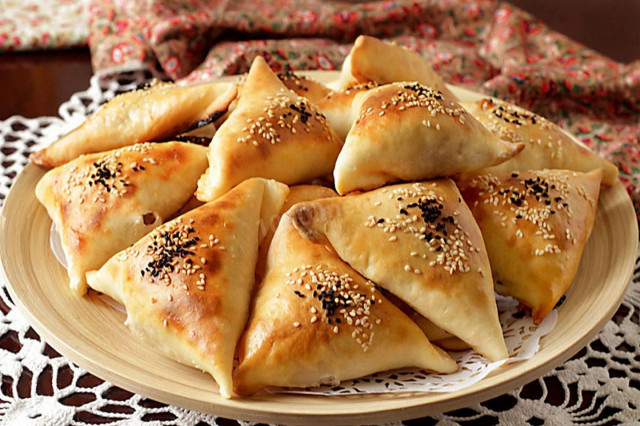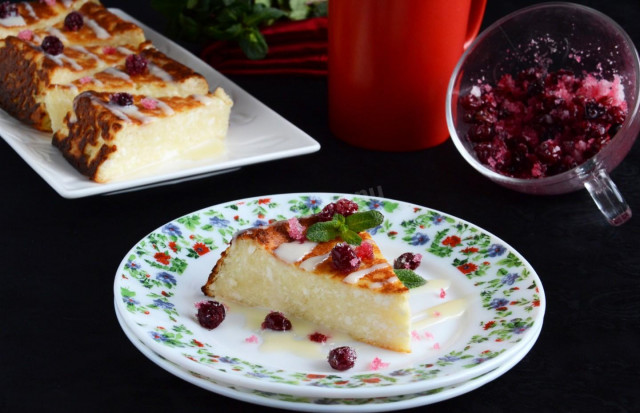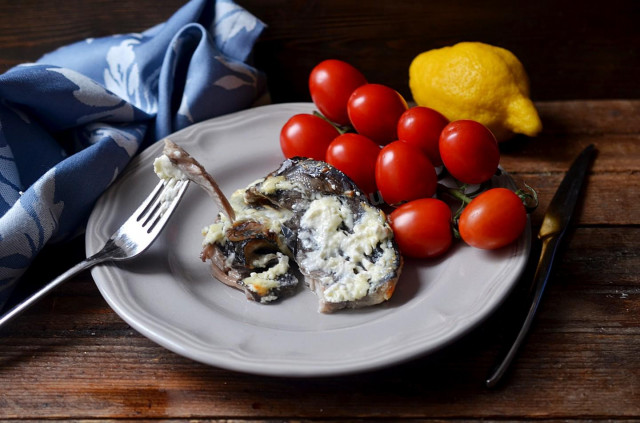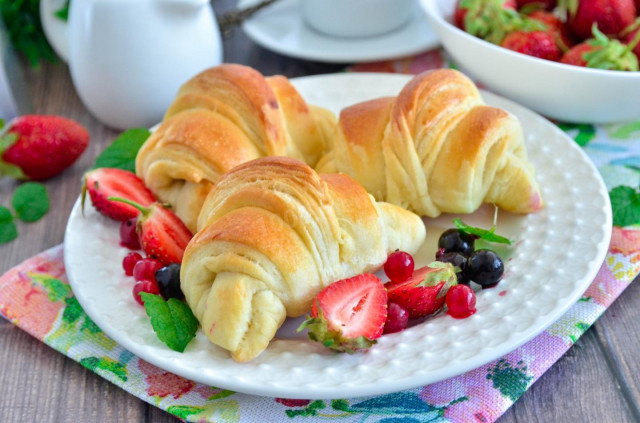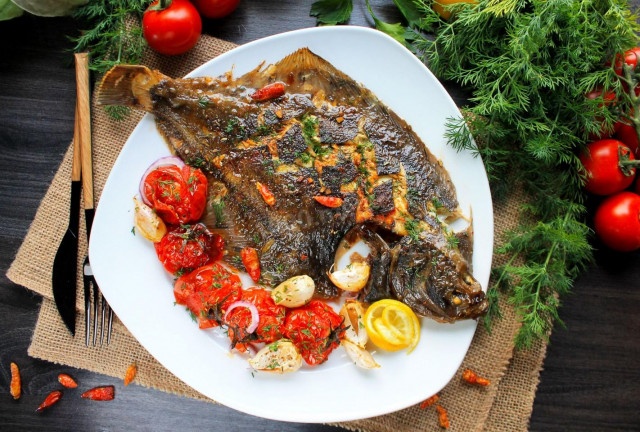Composition / ingredients
Step-by-step cooking
Step 1:
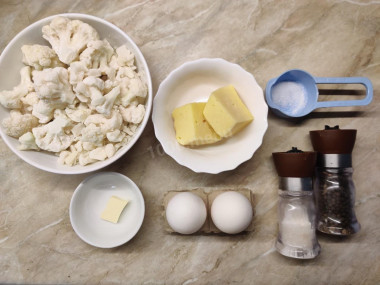
How to bake cauliflower in the oven with egg and cheese? Prepare the ingredients for this dish. Wash fresh cauliflower under running water and disassemble into inflorescences. Frozen can also be used. Moreover, without even defrosting it beforehand. Cheese is suitable for any semi-hard or hard, to your taste. Eggs of category C0.
Step 2:
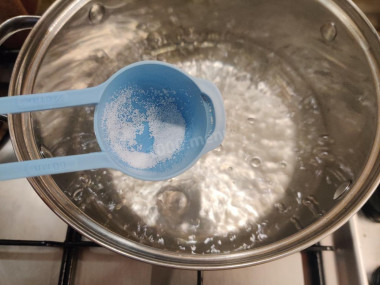
Pour one and a half liters of filtered water into a saucepan and bring it to a boil over medium heat. As soon as the water boils, add citric acid. It is believed that this is necessary so that the cabbage does not change its color during heat treatment. But, to be honest, I didn't notice any special effect. You can probably not use it at all.
Step 3:
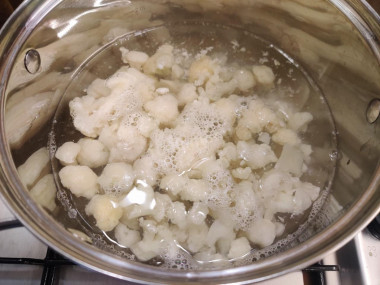
Blanch the cabbage for 3 minutes after boiling the water again. Blanching will allow the cabbage to eventually not be raw inside.
Step 4:
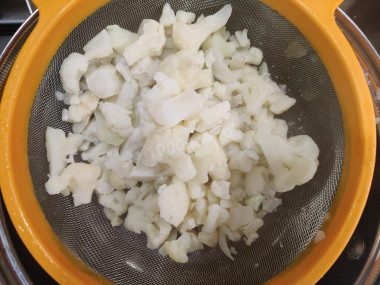
Put the cabbage in a colander and allow time for excess water to drain.
Step 5:
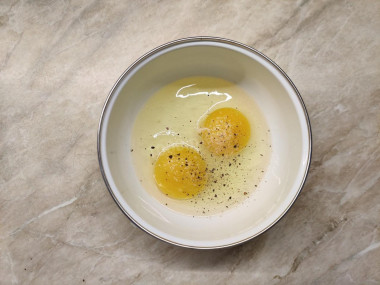
In a separate bowl, beat the chicken eggs, salt and pepper the mixture to taste.
Step 6:
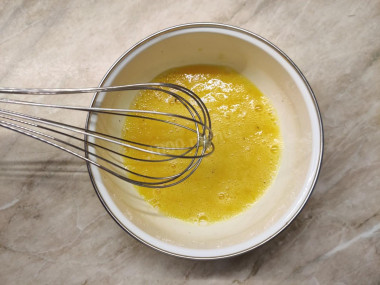
Whisk the eggs until the yolk and protein combine. Turn on the oven to warm up to 180 ° C.
Step 7:
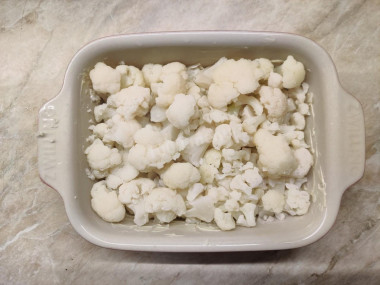
Grease the baking dish with butter and evenly distribute the cabbage inside. I have a ceramic mold 17x9 cm, a side of 4 cm.
Step 8:
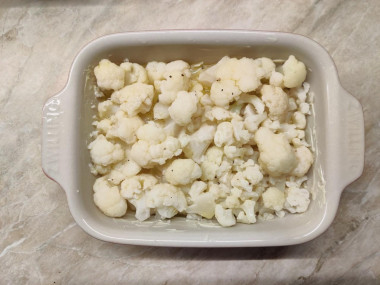
Pour the egg mixture over the cabbage, trying to make sure that the mixture evenly covers the whole cabbage.
Step 9:
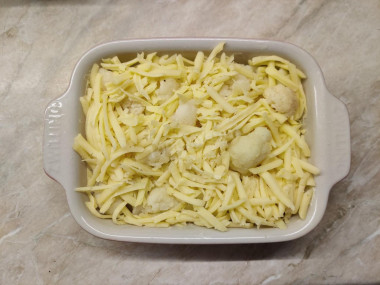
Grate the cheese on a coarse grater and spread over the cabbage. There will be a lot of cheese, but that's how it should be. He plays the main taste role in this dish. Bake the cabbage in the oven at 180 ° C for half an hour or until a ruddy cheese crust appears.
This dish will especially please those who love cauliflower. The casserole turns out to be dense, but airy inside due to eggs. Cabbage is completely soft, thanks to pre-blanching.
Bon appetit!
Keep in mind that everyone's ovens are different. The temperature and cooking time may differ from those specified in the recipe. To make any baked dish successful, use useful information about the features of ovens !
For cooking, it is better to use filtered or bottled water that is neutral to taste. If you use tap water, keep in mind that it can give the dish an unpleasant characteristic taste.
Be sure to wash the eggs before use, as even the seemingly clean shell may contain harmful bacteria.
Caloric content of the products possible in the composition of the dish
- Chicken egg - 157 kcal/100g
- Egg white - 45 kcal/100g
- Egg powder - 542 kcal/100g
- Egg yolk - 352 kcal/100g
- Ostrich egg - 118 kcal/100g
- Dutch cheese - 352 kcal/100g
- Swiss cheese - 335 kcal/100g
- Russian cheese - 366 kcal/100g
- Kostroma cheese - 345 kcal/100g
- Yaroslavsky cheese - 361 kcal/100g
- Altai cheese 50% fat content - 356 kcal/100g
- Soviet cheese - 400 kcal/100g
- Cheese "steppe" - 362 kcal/100g
- Uglich cheese - 347 kcal/100g
- Poshekhonsky cheese - 350 kcal/100g
- Lambert cheese - 377 kcal/100g
- Appnzeller cheese with 50% fat content - 400 kcal/100g
- Chester cheese with 50% fat content - 363 kcal/100g
- Edamer cheese with 40% fat content - 340 kcal/100g
- Cheese with mushrooms of 50% fat content - 395 kcal/100g
- Emmental cheese with 45% fat content - 420 kcal/100g
- Gouda cheese with 45% fat content - 356 kcal/100g
- Aiadeus cheese - 364 kcal/100g
- Dom blanc cheese (semi-hard) - 360 kcal/100g
- Cheese "lo spalmino" - 61 kcal/100g
- Cheese "etorki" (sheep, hard) - 401 kcal/100g
- White cheese - 100 kcal/100g
- Fat yellow cheese - 260 kcal/100g
- Altai cheese - 355 kcal/100g
- Kaunas cheese - 355 kcal/100g
- Latvian cheese - 316 kcal/100g
- Limburger cheese - 327 kcal/100g
- Lithuanian cheese - 250 kcal/100g
- Lake cheese - 350 kcal/100g
- Gruyere cheese - 396 kcal/100g
- Cauliflower - 28 kcal/100g
- Butter 82% - 734 kcal/100g
- Amateur unsalted butter - 709 kcal/100g
- Unsalted peasant butter - 661 kcal/100g
- Peasant salted butter - 652 kcal/100g
- Melted butter - 869 kcal/100g
- Citric acid - 0 kcal/100g
- Salt - 0 kcal/100g
- Water - 0 kcal/100g
- Ground hot pepper - 21 kcal/100g

